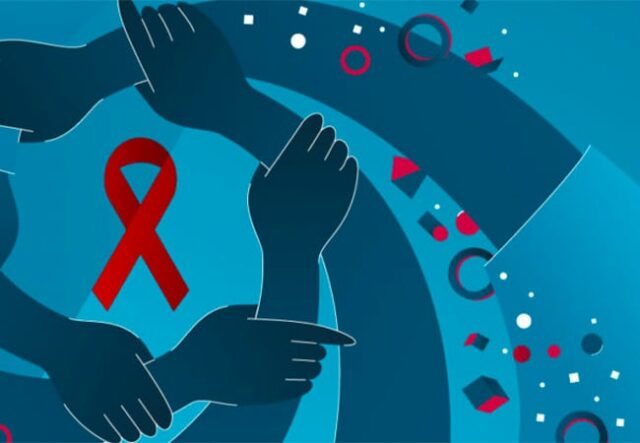A Senior Research Fellow and Acting Head at the Clinical Sciences Department, Nigerian Institute of Medical Research, Yaba, Lagos, Dr Paschal Ezeobi, has warned that engaging in anal sex raises the risk of Human Immunodeficiency Virus transmission.
HIV is a virus that attacks the body’s immune system. It can be transmitted through contact with the blood, breast milk, semen and vaginal secretions of persons living with HIV.
According to the Joint United Nations Programme on HIV and AIDS, a global alliance of 11 United Nations organisations that aims to end Acquired immunodeficiency syndrome by 2030, 39 million people globally were living with HIV in 2022.
Meanwhile, since the start of the epidemic, 85.6 million people have become infected with the disease, while 40.4 million people have died from AIDS-related illnesses.
In Nigeria, about 1.9 million people were living with HIV in 2021.
According to a health portal, Verywell Health, the reason for the increased risk with anal sex, especially for the receptive partner is because of the fragility of rectal tissues.
“It allows the virus direct access into the bloodstream through tiny tears or abrasions, the porousness of rectal tissues, providing access even when undamaged,” it added.
The senior researcher, in an interview with PUNCH Healthwise, stated that although the risk of HIV transmission was high in anal sex, there were methods and measures to reduce the risk.
Ezeobi stated, “Vaginal sex does not pose as high risk as anal sex poses in HIV transmission. The risk in anal sex is high, the reason being that the vaginal cavity has a physiological adaptation to sexual intercourse, which is not what you see in anal sex.
“However, there are still some provisions that are made available to people who might have different sexual orientations through the use of gels and to ensure that they correctly use condoms to reduce friction.
“Friction would lead to bruises and these injuries are what make it easier for the HIV virus to get and is exchanged in the process of these sexual activities. Appropriate methods put in place might reduce the risk but the risk of HIV transmission associated with vaginal sex is not as high as that of anal sex.”
He further noted that continuous access to adequate healthcare services and awareness of protective methods is available for persons with different sexual orientations, adding, “In such a way that we don’t have any form of stigmatisation so that people can come in freely and express themselves.”
The Centers for Disease Control and Prevention noted that anal sex with PLWHA is the riskiest type of sex for getting or transmitting HIV.
It added, “Being the receptive partner (bottom) is riskier than being the insertive partner (top). The bottom’s risk is higher because the rectum’s lining is thin and may allow HIV to enter the body during anal sex. The top is also at risk. HIV can enter the body through the opening at the tip of the penis (urethra); the foreskin if the penis isn’t circumcised; or small cuts, scratches, or open sores anywhere on the penis.”
According to the CDC’s HIV Risk Reduction Tool, the risk of getting HIV from receptive anal sex without condoms is 138 per 10,000 sex acts.
In its HIV Risk Reduction Tool, the risk of HIV infection from insertive anal sex is 11 per 10,000 sex acts, while receptive and insertive vaginal sex is one in 1,250, and four in 2,500, respectively.









